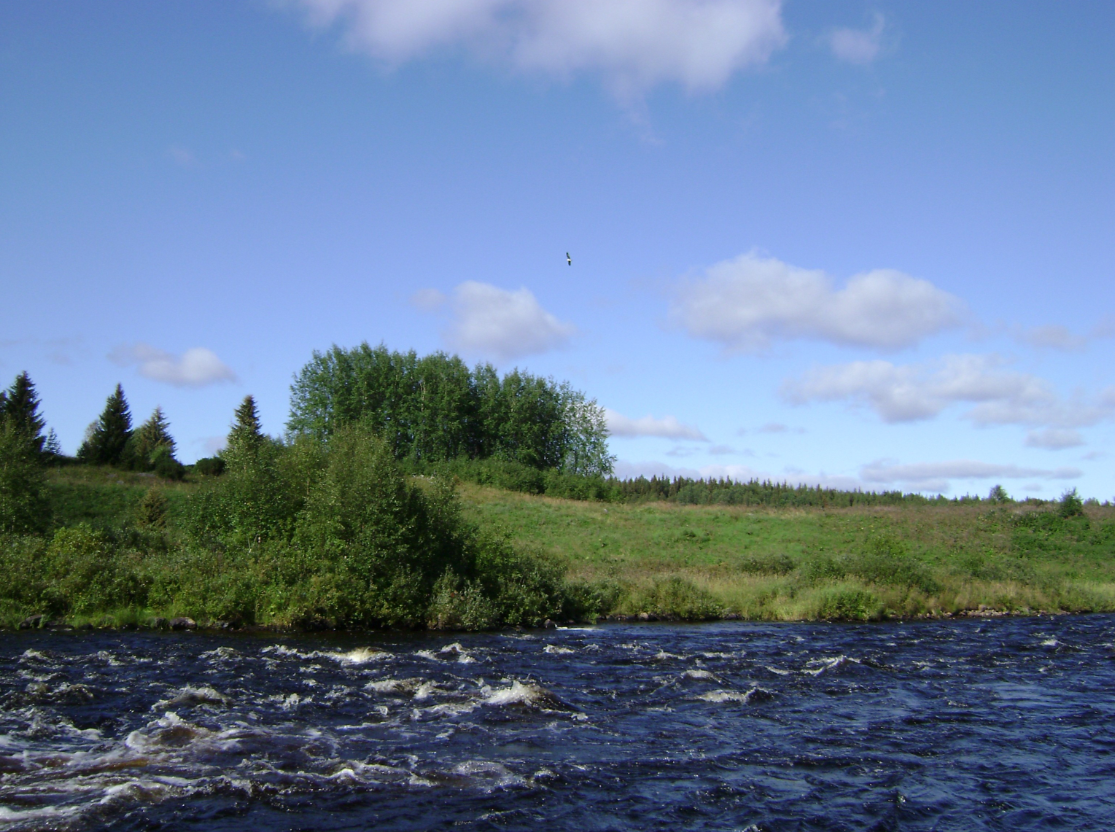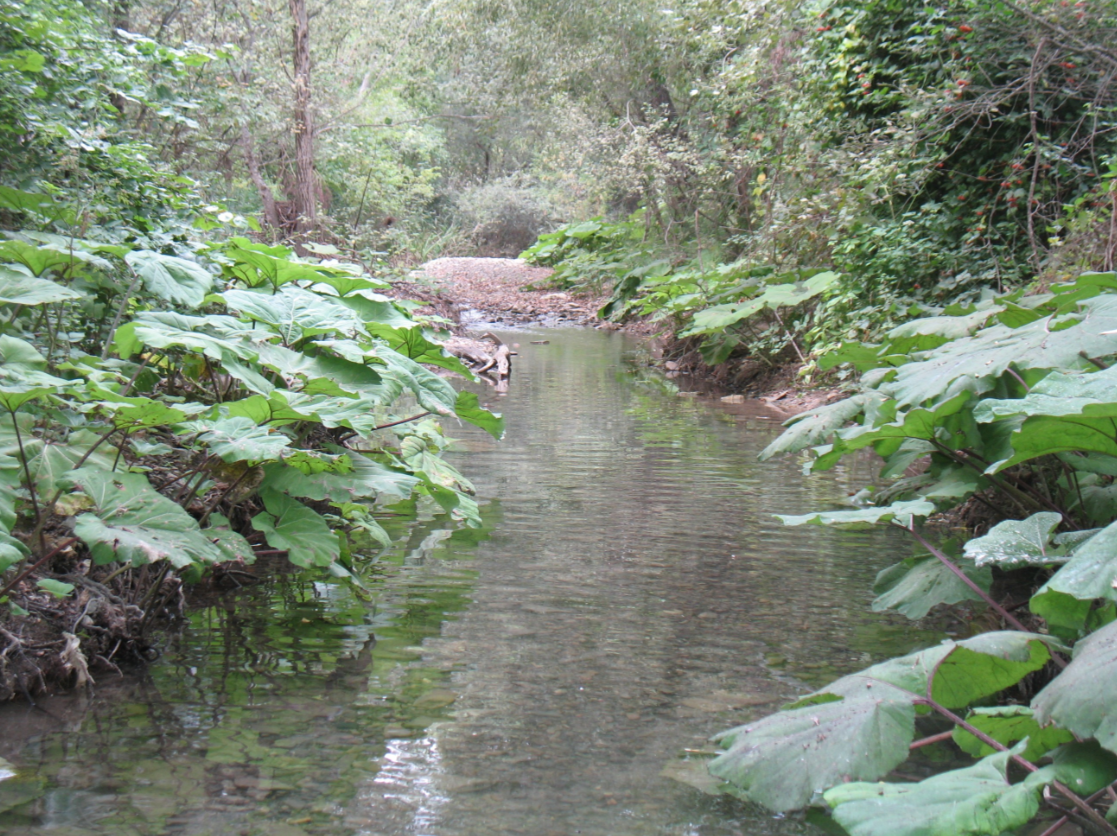
The leading scientific journal Hydrobiologia has published an article prepared by the staff of the A.N. Severtsov Institute of Ecology and Evolution of the Russian Academy of Sciences in collaboration with colleagues from Belarus and a number of regions of Russia. This work continues a series of genetic studies of the three-spined stickleback, a small fish with spines on its back and bony scutes present on its sides if it lives in salt water. Due to its ability to change the number of spines and scutes in a matter of generations and to switch from a marine lifestyle to life in fresh water, this small fish has become a “supermodel” object for evolutionary research. Ecologists are also actively interested in this object, since the stickleback is capable of quickly increasing in numbers and becoming an important component of ecosystems.
The previous work in the series showed that the three-spined stickleback circled the globe in several million years, spreading from east to west, and eventually reached its homeland – the Far East. At the same time, convincing data were obtained indicating that the stickleback’s introduction to Europe occurred not from the north during the Ice Age, as was previously believed, but from the east and about 30 million years ago. Moreover, for its dispersal, it used a now-disappeared waterway that once connected the Far East with the modern Ponto-Caspian Basin. It was given the name “Pearl Route”, since it was first identified as a result of an analysis of fossil finds and modern genetic diversity of large mollusks – freshwater pearl mussels and the hosts of their larvae – atlantic salmon.

A new genetic study based on the analysis of two mitochondrial genes, as well as a significant part of the mitochondrial genome of some individuals, confirmed the antiquity of the populations of the three-spined stickleback of the Black Sea basin, which turned out to be especially important in connection with new paleontological data. At the same time, the work showed that the potential for settling and developing new vast water areas in the "supermodel of evolution" is not decreasing: the introduction of representatives of a younger phylogenetic lineage of this species from the Baltic basin into the large rivers of the Ponto-Caspian basin - the Volga, Dnieper and Danube - is also on record (due to accidental transportation in water with commercially valuable fish, as well as due to self-dispersal along canals). The invaders reached the Black Sea and began to disperse along the small coastal rivers, mixing with representatives of the ancient Black Sea lineage.
Thus, the results of the described studies made it possible to discover a new route of colonization of the Ponto-Caspian basin by aquatic organisms and to better understand the mechanisms of maintaining the enormous adaptive potential of the three-spined stickleback, one of which is regular migrations over enormous distances.

The work is also of large practical significance, since the spreading three-spined stickleback is becoming the dominant species in a number of reservoirs in the south of Russia, for example, in the large Proletarskoye Reservoir. This small fish is characterized by a high content of polyunsaturated fatty acids in its muscles; the great importance of these acids for human health has been demonstrated in recent years. Thus, the three-spined stickleback can serve as high-quality raw material for the production of medical products. In addition, minced stickleback can be successfully fed to farmed salmon, which was proven by employees of the A.N. Severtsov Institute of Ecology and Evolution of the Russian Academy of Sciences in a joint study with colleagues from the Institute of Biophysics of the Siberian Branch of the Russian Academy of Sciences.
Imprint of the article: N. V. Bardukov, A. A. Bugakov, H. S. Gajduchenko, A. V. Koulish, A. A. Makhrov, A. Panfiliy, A. N. Pashkov, D. S. Petrushkieva, A. N. Reshetnikov, S. I. Reshetnikov, D. Yu. Semenov & V. S. Artamonova, Hydrobiologia 2024. Pathways of invasion of the three-spine stickleback (Gasterosteus aculeatus) into the basins of the Black and Caspian seas. https://link.springer.com/article/10.1007/s10750-024-05617-z
